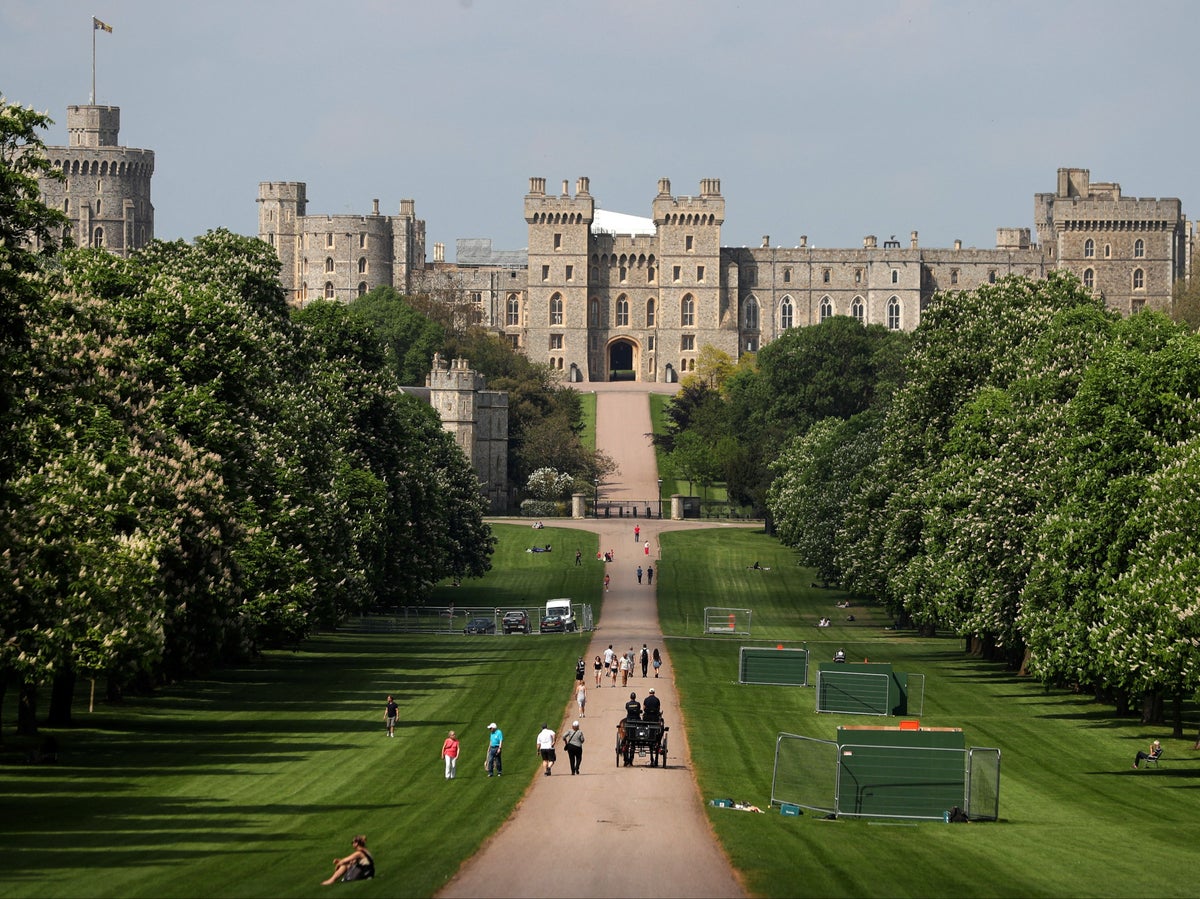
Queen Elizabeth II, Britain’s longest-reigning monarch, will be laid to rest on Monday in one of the biggest state funerals the world has seen.
Her Majesty, 96, died at her Balmoral estate in Scotland on Thursday 8 September after 70 years on the throne, setting in motion 11 days of mourning as the nation came together to remember an extraordinary public servant whose tenure stretched from the demise of the British Empire to the coronavirus pandemic.
Her funeral today has seen her coffin transported the short distance from Westminster Hall in central London – where she has laid in state for five days, attracting huge queues of mourners – to Westminster Abbey on the other side of Parliament Square.
The subsequent service was presided over by the Dean of Westminster, David Hoyle, and attended by over 2,000 guests, including many of the Queen’s former prime ministers and a number of serving world leaders, including US president Joe Biden and French president Emmanuel Macron, who had flown in to pay their respects.
After this morning’s proceedings were concluded, Her Majesty’s coffin was transported from the Abbey, along Horse Guards Parade and The Mall, past Buckingham Palace and on to the Wellington Arch at the far end of Green Park, the monument erected to honour the Duke of Wellington’s victory over Napoleon Bonaparte at the Battle of Waterloo in 1815.
Big Ben tolled at one-minute intervals as the procession continued, while gun salutes rang out from Hyde Park.
The state hearse has since been part of a westward-bound convoy leading the Queen to her final resting place at St George’s Chapel in Windsor Castle, home to the royal family for over 1,000 years and Elizabeth II’s residence during the Second World War.
The motorcade has now arrived in Windsor, where the hearse is approaching the historic fortress via the Shaw Farm Gate on Albert Road.
A new procession has now commenced carrying the coffin along the famous Long Walk, a three-mile, tree-lined avenue leading from Snow Hill – where Henry VIII is said to have awaited news of the execution of his second wife, Anne Boleyn – through Windsor Great Park towards the castle itself.
Members of the armed forces, the emergency services and royal household staff are lining the path.
The promenade through the park was first created by King Charles II in 1680, carving a route through what were then the royal hunting forests and through which a herd of 500 deer still roam freely to this day.

It was extended to its present length in 1683, Queen Anne had a formal road built along its course in 1710 to accommodate horse-drawn carriages and a copper statue of King George III on horseback was added to meet visitors to the castle in 1831, intended to honour that monarch’s particular affection for Windsor and its grounds.
The Long Walk has often been the focal point for celebrations throughout Elizabeth II’s reign but has not hosted an event approaching the scale of Monday’s funeral since the wedding of Prince Harry and Meghan Markle on 19 May 2018, when as many as 100,000 spectators convened to wish the young couple well.
The private committal service will take place at St George’s Chapel at 4pm this afternoon, presided over by the Dean of Windsor, David Conner, which will see Queen Elizabeth II finally laid to rest alongside her late husband Prince Phillip, who died in April last year.







